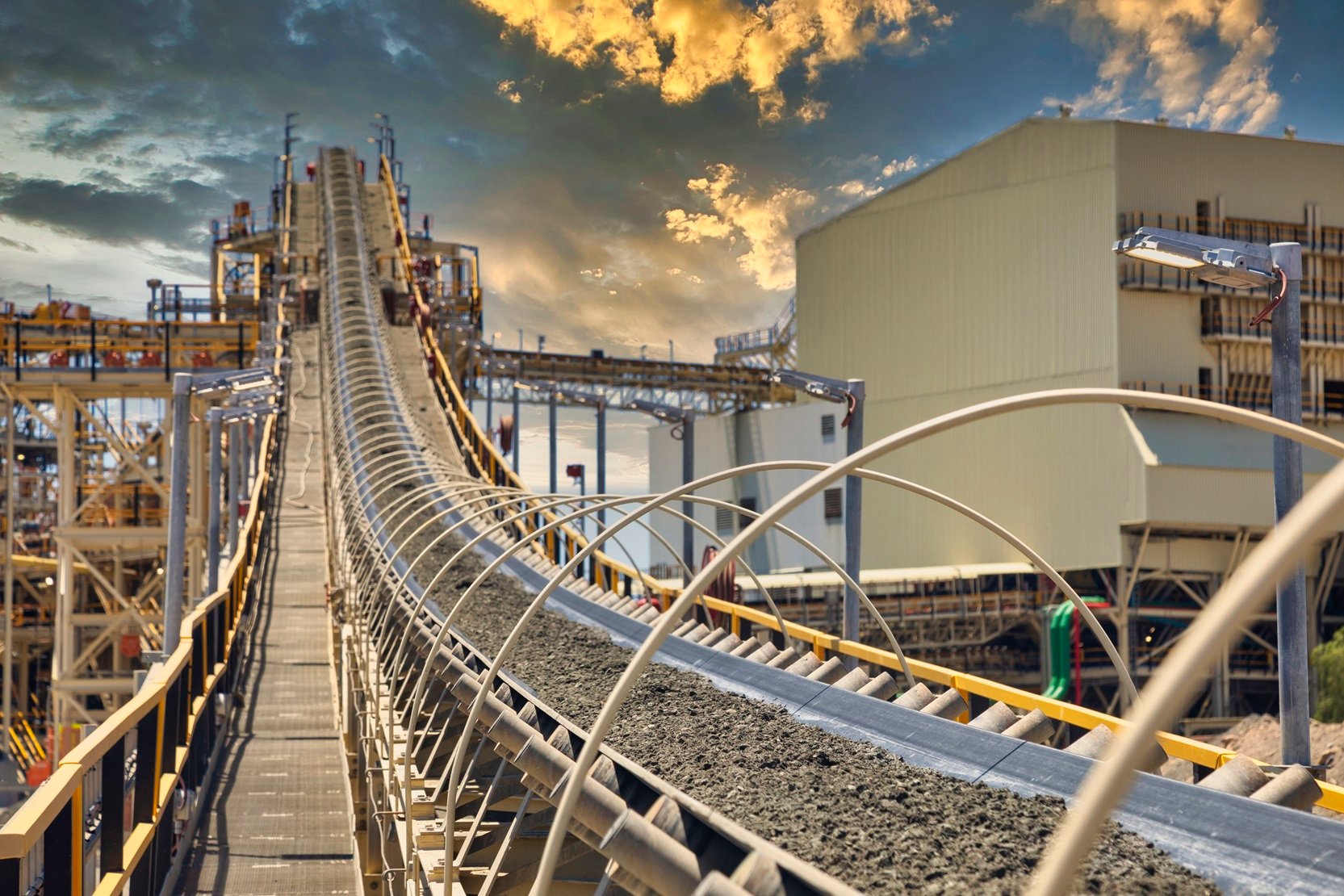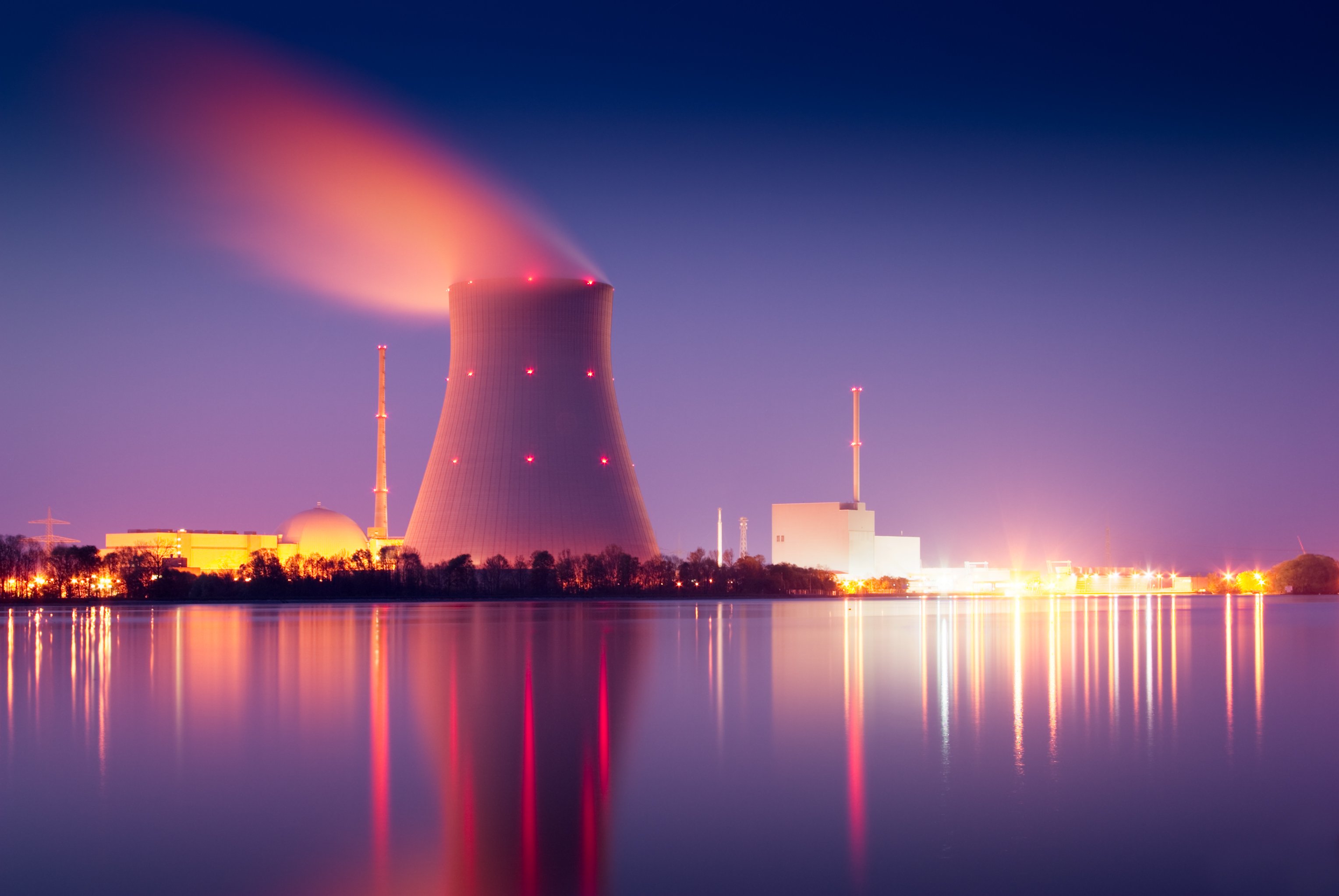
Image source: Getty Images.
Gasoline prices in the U.S. have been on the rise over the past month, going from $2.34 per gallon to $2.62 per gallon according to AAA, due in part to the impact of Hurricane Harvey on the country's oil refining hub as well as higher oil prices. However, while there's a temptation to grumble about these higher prices, all things considered, we have it pretty good here in the states. According to the most recent data, America has the 11th cheapest gas in the world, and the third most affordable when measured as a percentage of the average daily wage. Driving down our gas prices is sufficient refining capacity and logistics infrastructure as well as lower gasoline taxes compared to other nations.
That said, several countries do have us beat, including eight where gas is still less than $2 per gallon. Here's a brief look at how those nations can keep their gas prices so low.

Image source: Getty Images.
No. 8: United Arab Emirates -- $1.91 per gallon
The United Arab Emirates, UAE, was the world's eighth largest oil producer last year, pumping out an average of 3 million barrels per day. The Persian Gulf country and OPEC member relies heavily on oil to fuel its economy, with crude accounting for 40% of its GDP last year. However, while having access to the cheap oil found in the Arabian Peninsula helps keep gas prices low, an even more important factor is that it uses a portion of its oil money to subsidize gasoline and make it even cheaper. While the country has adjusted its pricing policy over the years to better reflect market rates, the additional government support enables the UAE to keep gas below $2 per gallon.

Image source: Getty Images.
No. 7: Nigeria -- $1.76 per gallon
Nigeria's oil output has ebbed and flowed over the years due to turmoil from rebel groups. That said, the African nation and OPEC member produced 1.4 million barrels per day last year -- the thirteenth highest in the world -- which accounted for 35% of its GDP. Meanwhile, oil fuels 75% of the federal government's budget, a portion of which it uses to subsidize gasoline prices.

Image source: Getty Images.
No. 6: Malaysia -- $1.68 per gallon
The southeast Asian nation of Malaysia is one of two non-OPEC members on this list. Further, while the country does produce oil, it ranked just 25th last year at 661,240 barrels per day. Instead, the primary driver of its lower gas prices is that the Malaysian government uses subsidiaries and price controls to keep the prices of many essential items low, including oil. While Malaysia has been reforming its subsidy system over the years, including ending all fuel subsidiaries at the end of 2014 by switching to a managed float system based on market prices, the new system still keeps gas low because of the weaker oil prices.

Image source: Getty Images.
No. 4 (tied): Egypt -- $1.31 per gallon
Egypt is the other non-OPEC member with rock-bottom gas prices. Like Malaysia, Egypt is also a mid-tier oil producer, raking 28th last year after producing an average of 494,325 barrels per day. That said, despite not being a major oil producing nation, it still heavily subsidizes the price of gasoline for its citizens. That has proven to be problematic given crude's collapse over the past few years, which has had a significant impact on the country's finances. Because of that, it sought the assistance of the International Monetary Fund, which stipulated that it must raise gas prices. However, despite those price hikes, including a 50% jump earlier this year, Egypt still has some of the cheapest gas in the world.

Image source: Getty Images.
No. 4 (tied): Kuwait -- $1.31 per gallon
The Gulf nation of Kuwait was the world's ninth largest oil producer last year. Further, crude supplies about 60% of the OPEC member's GDP and 95% of its export revenues. The country uses a significant portion of those oil revenues to subsidize gasoline. However, that support is starting to become a concern because lower crude prices have cut deeply into its oil revenues, which has the country burning through its savings.

Image source: Getty Images.
No. 3: Iran -- $1.25 per gallon
Iran was the fifth largest oil producer last year, with the OPEC member pumping nearly 4 million barrels per day. That's up sharply from a few years ago after the UN lifted economic sanctions, enabling the Persian Gulf country to start exporting again. While the impact of those sanctions forced Iran to pull back on some of its energy subsidiaries a few years ago, it still provides enough support to keep prices very low.

Image source: Getty Images.
No. 2: Saudi Arabia -- $0.91 per gallon
Saudi Arabia has been a dominating force in the oil market over the years. Though, last year it was just the second largest producer behind Russia at 10.5 million barrels per day. Still, oil remains vital to the Kingdom's economy, supplying 50% of GDP and 85% of its export earnings. While the country has some of the cheapest oil production costs in the world, the primary reason why gas is so inexpensive is that, like all the other countries on this list, the Gulf nation uses a significant portion of those revenues to subsidize prices.

Image source: Getty Images.
No. 1: Venezuela -- $0.01 per gallon
While Saudi Arabia is the top producer in OPEC, Venezuela leads the organization in barrels in reserve. That said, the South American nation has had troubles turning those massive reserves into production -- ranking 11th last year at 2.3 million barrels per day -- because of the higher costs of extracting its heavier oil and the decision to spend an outsized portion of its oil profits on social programs instead of reinvesting it to boost output. In fact, it subsidizes the price of gasoline to the point that it's virtually free. This support has taken a heavy toll on the country's finances -- which is in shambles -- forcing it to raise prices at the pump some 6,000% last year. That said, with runaway inflation, gas still only costs about a penny per gallon these days.





